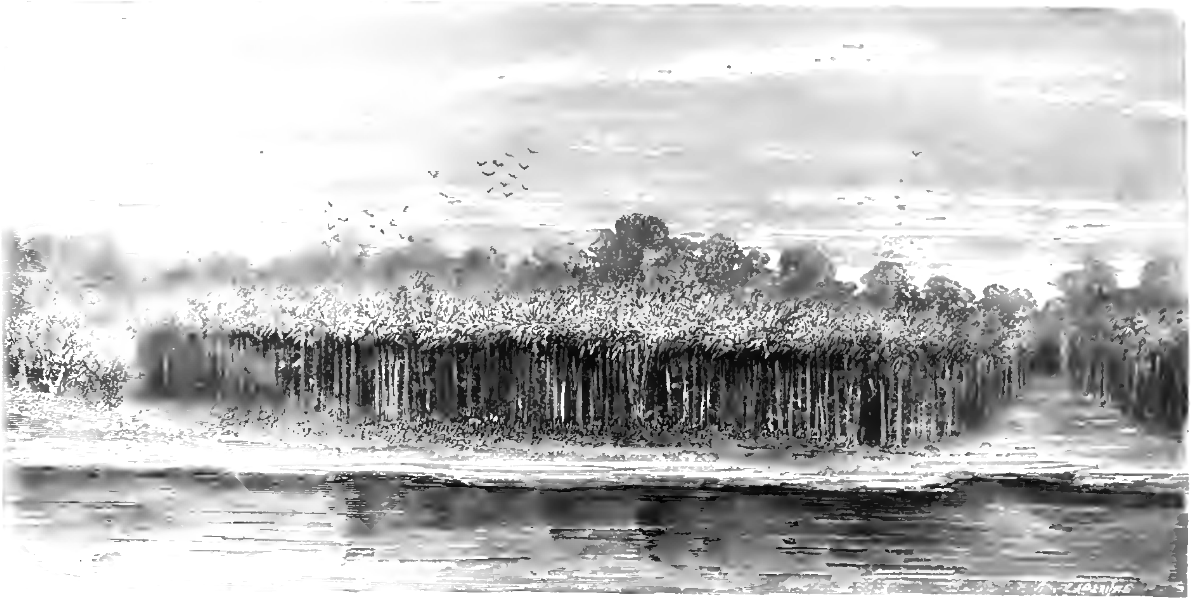<![CDATA[Scattered throughout the Brazilian and Bolivian Amazon jungles, are some strange square, straight and ring-shaped ditches, which according to a new study are older than the rainforest itself. These ditches are man-made, and their purpose is still a mystery to researchers, but they may have been used for defense purposes, or for ceremonial and religious reasons. According to John Francis Carson, lead researcher in this project and postdoctoral researcher at the University of Reading in the UK, for thousands of years, people have found ways to alter the climate and environment through land use. The Amazon rainforest covers a vast area of 7,000,000 square kilometres, and is said to contain nearly 390 billion individual trees. It was widely believed at one time that the natives of the rainforest didn't do much to affect the environment, but recent deforestation has uncovered many surprising earthworks, including ditches that are as deep as 5 meters. Many researchers are puzzled as to why the Amazonians made these alterations as their way of life encouraged being close to nature, which should rule out the thought that they would chop and burn down trees. Some researchers don't think the idea is too farfetched, however. Carson brought a team to the Amazon to find out if the pre-Columbus Amazonians had a major impact on the forest. They concentrated their efforts in the forest of northeastern Bolivia, where sediment cores from two old lakes are located. These sediment cores contain ancient pollen grains and charcoal from ancient fires, which could hint at what was happening during that time. The sediment cores at Laguna Oricore and Laguna Granja revealed that the Amazon of today was very different 2000 to 3000 years ago. The sediments showed that the area was as dry as the African savannas are today. Carson states that when the Amazonians arrived in that specific area, the climate was drier. Hence the mysterious circles, like the one close to Laguna Granja, were made before the area became moist. The pollen grains found in the samples came mostly from grasses and some drought-resistant trees. The newer pollen, which were about 2000 years old, revealed a much wetter climate. Charcoal levels found with the newer pollen decreased, showing that there must have been less wildfires taking place due to the increased precipitation. Carson went on to say that it made sense for these ditches to have been built before the host of trees started to appear. The ancient Amazonians did not have the complex tools required to cut down big trees in order to dig a ditch. Instead the Amazonians lived in the area until it became forested, with the trees and plants growing around the earth structures. He stated that there could be a possibility that the human presence in the area could have had a hand in the forestation that took place, as the humans at the time could have used the soil for farming and other purposes, making it more fertile and changing the composition. This study brings great understanding of the Amazon forest and will pave the way for future research.]]>
Mysterious Rings Older Than the Amazon
